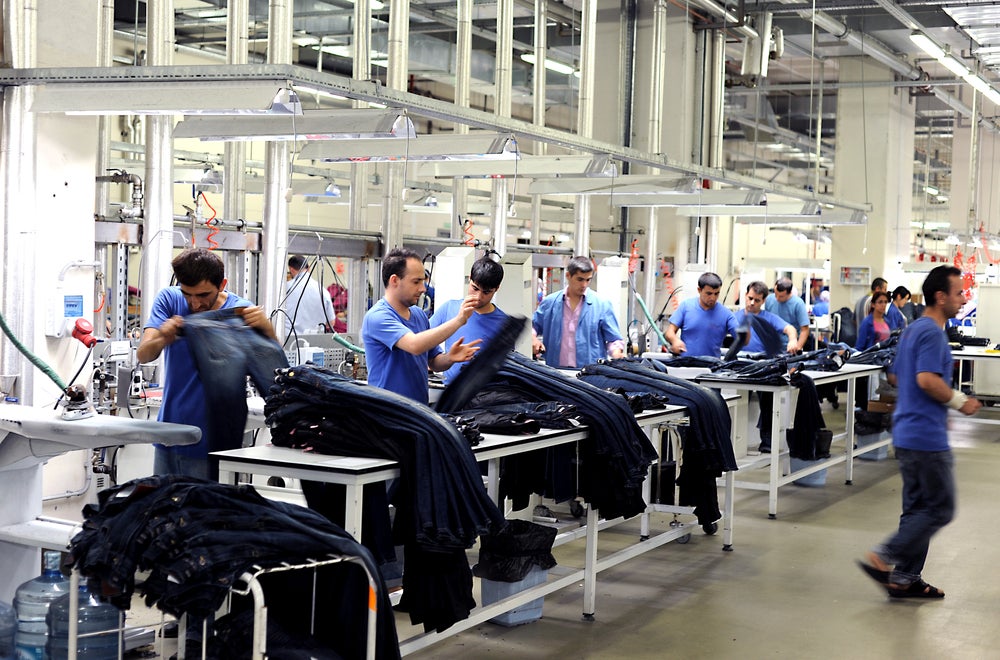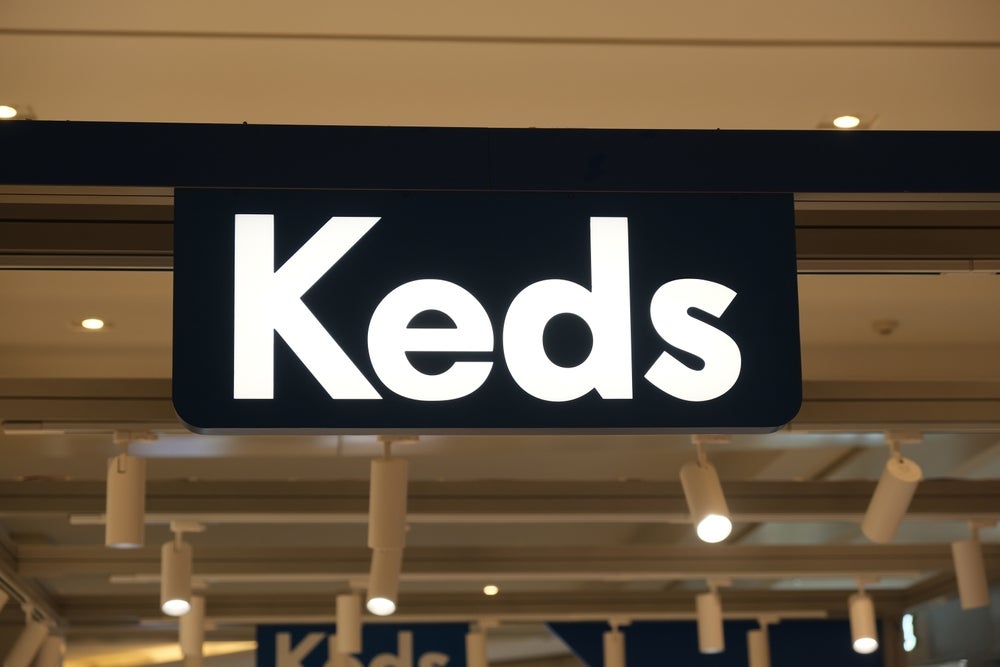
The Covid-19 pandemic has changed the way Fung Group-owned Cobalt Knitwear is looking to the future, with customers now pushing harder on 3D virtual design and investment in antimicrobials seen as key to adding value to its yarns.
David Alpern, senior vice president of Cobalt Knitwear and division head of its Ralsey unit, joined Coresight Research on a webinar to discuss the challenges and opportunities in the apparel supply chain, and what lies ahead for the future of the industry.
“The biggest traction is in sustainable raw material. That is becoming the key entry now, whether it’s fair trade cotton, recycled yarns. When you think of recycled yarn you think you’re going to get something that’s stiff and not comfortable, but we’ve taken all that technology and are really delivering the normal expectation of fashion but in recycled yarns. That has been the biggest push for us.
“Going forward there’s going to be a big push into antibacterials”
“Going forward there’s going to be a big push into antibacterials. There are questions in terms of what we can get in medical claims. That is going to be a big challenge, but we do think in terms of antibacterials that there is an opportunity going forward to add value to our yarns.”
Cobalt was initially the sweater/knitwear product vertical formed as a joint venture between Hong Kong-based global sourcing specialist Li & Fung and South Ocean Knitters Holdings. It is now majority owned by the Fung Group, with the remaining stake held by Hony Capital.
See Also:
The coronavirus pandemic and its resulting lockdown meant many businesses changed the way they work and communicate with suppliers. Alpern says his customers are undertaking a range of virtual tasks now, such as employee training and in-store set-ups.
How well do you really know your competitors?
Access the most comprehensive Company Profiles on the market, powered by GlobalData. Save hours of research. Gain competitive edge.

Thank you!
Your download email will arrive shortly
Not ready to buy yet? Download a free sample
We are confident about the unique quality of our Company Profiles. However, we want you to make the most beneficial decision for your business, so we offer a free sample that you can download by submitting the below form
By GlobalDataBut the push is hardest in 3D virtual product design and development. “It’s something we’ve tried to take a step to pre-empt. Cobalt is a major source of investment for us in innovation and we really believe that is the future, and we see innovations there in terms of texture and the ability to be able to present an item that is a virtual sample that is almost as good as a real one.
“In our environment where yarn is really important and that tactile feel of a sweater – that’s something we’ll never be able to do [virtually]. Softness and hand feel is very high for our customers when it comes to a sweater, but in terms of the appearance and the ability to show fit and drape, that has increased a lot and we’re very excited about it. We see tremendous advantages in terms of sample reduction and efficiency that will help our customers’ cost base in a strong way. We’re very bullish about it.”
Alpern says 3D design is speeding up the decision-making process – and ultimately speed-to-market – but concedes challenges remain for knitwear in virtual design, especially when it comes to effectively presenting such a tactile product online.
“You can’t separate the physical from the virtual yet. There is definitely a level of uncomfortability, but I do think it will improve. What we need is a retailer to step out and test the concept and say, ‘What if we didn’t look at it at all? Would it be a total disaster?’ And I don’t think it would.
“It’s really trusting your vendor because that’s where the survival of the fittest is going to happen in terms of vendors right now.”
“If you have a vendor that has the expertise and the knowledge of fitting and draping and what’s going to execute, you can pull off a digital sample online. It’s really trusting your vendor because that’s where the survival of the fittest is going to happen in terms of vendors right now.
“It’s a very tough market for entry, particularly on a large scale mass market private label area where the cost of entry is very high and the experience needs to be there. Those that can position themselves and be in that trust and have those long-term relationships, will be able to make a virtual sample work out much faster. With work from home, they have to make these decisions virtually, they can’t all be in the room anymore, there is a level of trust that has to happen.”
Geopolitical issues
Right now, however, for Hong Kong-based Cobalt, one of the biggest concerns is the deteriorating relationship between the US and China. The company has a broader investment in Bangladesh and Cambodia, but its division is heavily based in China.
“With the increase in tariffs we were able to dodge that ball and were able to manage the level we’re at now. But with all the geopolitical issues that are happening between the US and China, that’s the biggest concern,” says Alpern. “We are looking to diversify and expand our supply chain base but there is a cost issue there. China really has proven to be very valuable in this Covid situation because while they experienced it first, they controlled it very well. And their production, our production, has not really fallen off. We have really not been affected by it from a production standpoint, and China has proven its strength and ability to deliver, particularly with most of the yarns.
“We feel very strongly about China, but we’re very concerned about the geopolitical issues and that’s forcing us to do a very uncomfortable diversification into higher risk zones.”
Asked whether nearshoring and onshoring would be an option, Alpern says technology is the biggest challenge.
“We would love to nearshore, but the issue with nearshoring for sweaters is the linking machines. We’re a pretty unique production process and linking machines and linking expertise is not something that exists in the US or even in Central America. We feel there are better opportunities in Southeast Asia that we can take advantage of, but it’s going to be a slow road.
“The one technology that could eventually bring things over are Wholegarment machines, where the garment is knit and linked in one machine, but the cost is prohibitive on a mass market basis right now. You’re seeing it on the high end and you’re seeing some small offshoots happening in the US and we have a big Wholegarment operation overseas. But until that technology catches up, nearshoring is probably a little bit further away for the knitwear business.”






